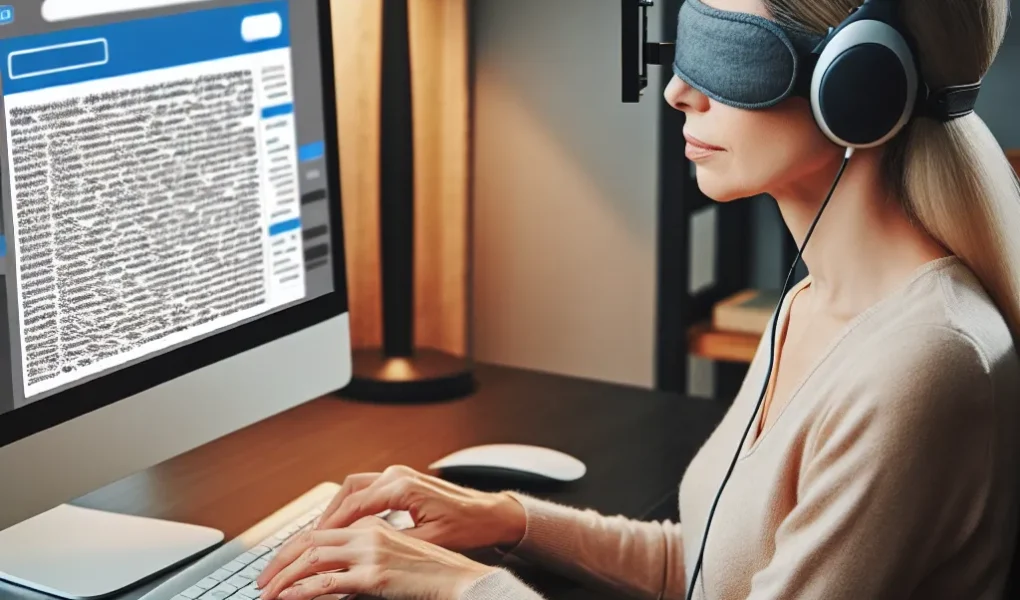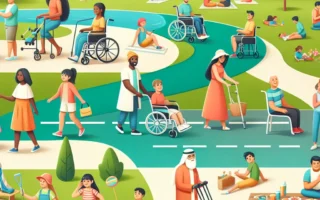Understanding the Importance of Web Accessibility for Visually Impaired Users
Understanding the importance of web accessibility for visually impaired users is crucial in creating an inclusive online environment. According to the World Health Organization, approximately 2.2 billion people globally have a vision impairment or blindness. As the internet becomes an integral part of daily life, ensuring that websites are accessible to all individuals, including those with visual impairments, is essential.
Web accessibility involves designing and developing websites in a way that allows people with disabilities to perceive, understand, navigate, and interact with the web. For visually impaired users, this often means utilizing assistive technologies such as screen readers or braille displays. Without proper accessibility features, visually impaired individuals may encounter barriers that prevent them from fully engaging with online content.
Implementing web accessibility not only enhances the user experience for visually impaired individuals but also aligns with legal requirements and standards such as the Web Content Accessibility Guidelines (WCAG). By prioritizing web accessibility, organizations demonstrate their commitment to inclusivity and ensure that all users, regardless of their abilities, can access information and services online.
Practical Tips for Designing Accessible Websites for the Visually Impaired
Designing websites with accessibility in mind is crucial for ensuring that visually impaired users can navigate and interact with web content effectively. Here are some practical tips for creating accessible websites for visually impaired individuals:
1. Provide alternative text for images: Including descriptive alt text for images allows screen readers to convey the content of the images to visually impaired users.
2. Use clear and consistent navigation: Organize content in a logical and consistent manner, and provide easy navigation options such as skip links to enable users to jump directly to important sections of the page.
3. Ensure color contrast and font readability: Use high contrasting color combinations for text and background to improve readability, and choose fonts that are easily legible, especially for users with low vision.
4. Implement ARIA landmarks: Use ARIA landmarks to define the regions of a web page, making it easier for screen reader users to understand the layout and navigate through the content.
5. Test with screen readers: Regularly test the website with screen reader software to identify and address any accessibility barriers that may hinder visually impaired users from accessing the content.
By following these practical tips, web designers and developers can significantly improve web accessibility for visually impaired users, fostering inclusivity and ensuring equal access to online information and services.
The Role of Technology in Enhancing Web Accessibility for Visually Impaired Users
Technology plays a crucial role in improving web accessibility for visually impaired users. With the advancement of assistive technologies, website developers can now integrate features that cater to the specific needs of this user group. One of the most impactful technologies in this domain is screen reader software. This tool converts text into speech or braille, enabling visually impaired individuals to access and navigate web content effectively.
Furthermore, developers can utilize alternative text attributes for images, allowing screen readers to describe the visual elements to users who rely on this technology. Additionally, the implementation of high contrast and customizable color schemes enhances visibility for those with low vision. Moreover, the use of keyboard shortcuts and navigational aids empowers visually impaired users to browse websites efficiently.
In recent years, the emergence of artificial intelligence (AI) has significantly contributed to web accessibility. AI-powered tools can automatically generate descriptive captions for images and videos, making multimedia content more accessible to individuals with visual impairments. Moreover, AI algorithms can optimize the structure of web pages, improving compatibility with assistive technologies.
As technology continues to advance, it is essential for web developers to prioritize the integration of these features to ensure that visually impaired users can experience the web comprehensively. By embracing these technological advancements, the digital landscape can become more inclusive, granting equal access to information and services for all individuals, regardless of their visual abilities.



